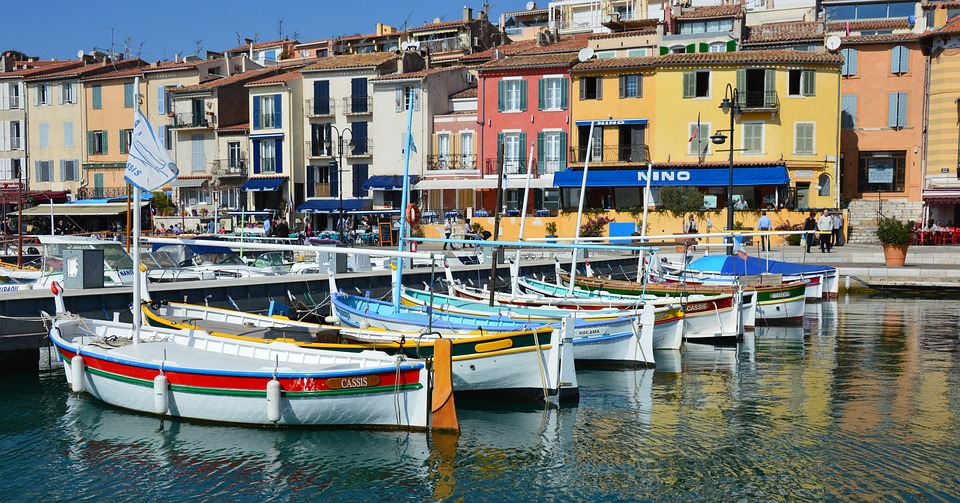Way before the Spaniards colonized Philippine shores, there was already an extensive use and construction of boats in the Visayas and Mindanao regions. We have several names for them like baroto, bangka, balangay.
According to the National Museum there are nine existing pre-historic boats discovered in Butuan. The most ancient one is dated 320 A.D., a solid implication that the Philippines has a deep history of maritime trade and boat-building. But where is the Philippines now in terms of maritime developments and why should we care on expanding our life at sea?

Sea the potential
“Water either separates you or connects you. In other countries, water connects them,” says Christopher Madrigal, chief of the Maritime Development and Ocean Affairs Unit.
Hong Kong, Singapore, Greece, and Germany have one thing in common—port cities, that are not only picturesque but also fully functional. With the Philippines having the third longest coastline in the world, it is ironic that we only have several decent ports mainly for transport and a handful of ports for leisure.
“We don’t realize water is a big part of the Philippines. And that’s the potential we’re not really using,” says Sea Expo founder Angelo Olondriz. The current mindset is to build more land and we still fail to take advantage of what we’re abundant of: water.
On its 9th year, Sea Expo paved the way to bring buzz to this overlooked industry. “During the first SEA-EX Nautical Lifestyle Show, we started the dialogue about the importance of coastline and marina development, and the potential growth it can provide to the country, if done properly,” explains Olondriz. “We are happy to see that the government along with the private sector, is now taking the lead in that discussion.”
All aboard
How do we get around? How do we get from one island to another? The answer is to build more boats and improve infrastructure.
A well-developed maritime industry has the capability to change the way we travel and do business. The long term vision is to become the playground of both locals and foreigners. “We have the islands. We have the English-speaking community. We have the friendliest people,” Olondriz adds. This industry will help boost tourism like no other. “Our motto is to become the Mediterranean of Asia.”
There is already a steady increase of international cruise ship arrivals in Manila. But the government has to support these with policies and security. “We’re actually going to have a conference sometime in May targeting LGUs to talk about how they can attract this kind of tourism with minimal budget,” he laments.
Debunking misconceptions
The nautical leisure industry is said to be only for the rich. Olondriz likens it to the car industry to put it simply, “You have different segments of car for every type of consumer.” There are the luxury brands such as Rolls-Royce and Ferrari to low-end brands such as Cherry. “That’s the same as the maritime boating industry. We have something for everybody—from the luxury superboats to the simple kayaks.”
According to Olondriz, the show is slowly getting bigger and there are more people feeling more confident to enter this industry. Case in point, the biggest and newest model of the Catamaran yachts was bought by a Filipino, making waves in the maritime industry all over the world.
9th SEA-EX Philippine Boat Show and Nautical Lifestyle Expo
Mar. 3 to 5, 2017
SMX Convention Center, MOA Grounds